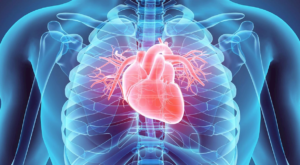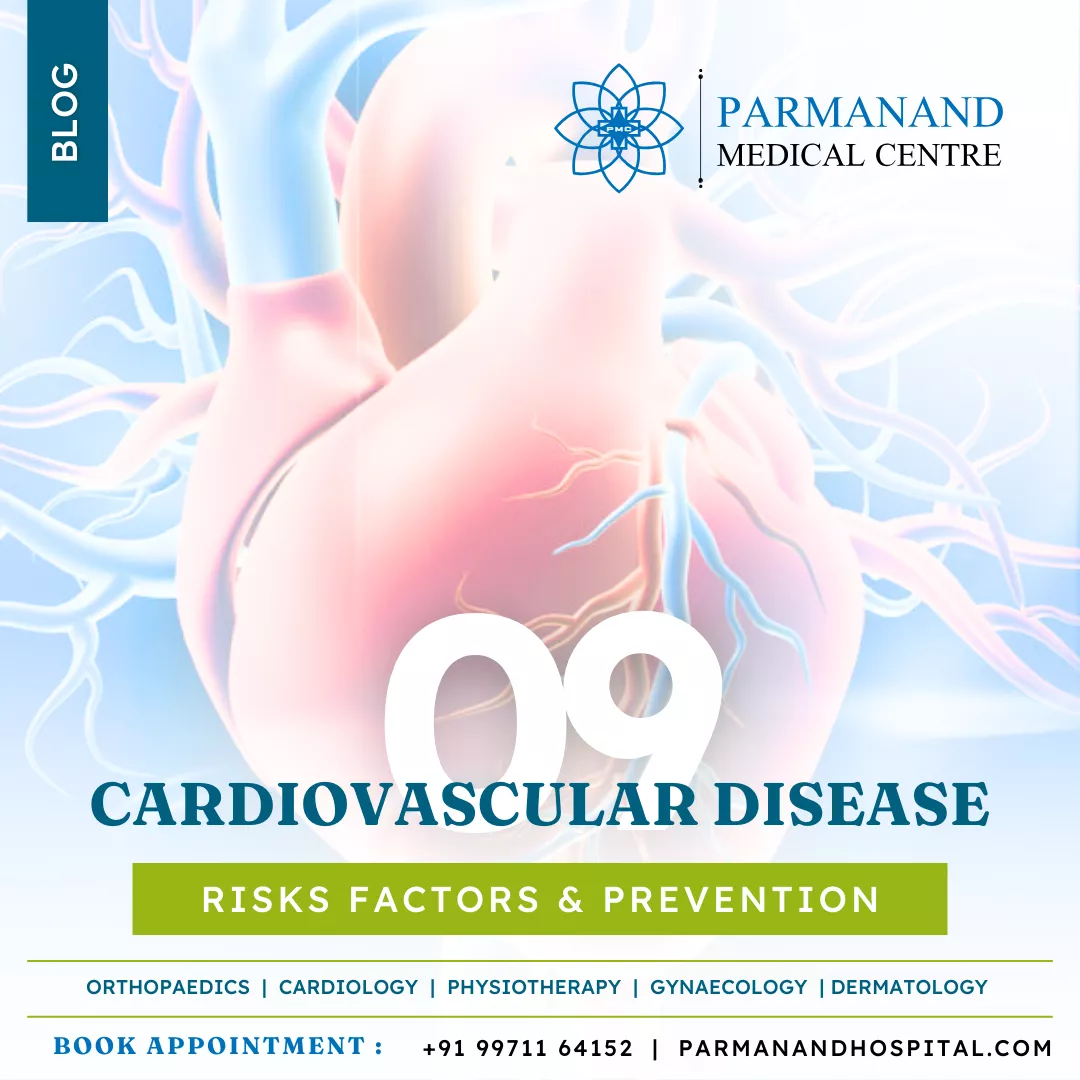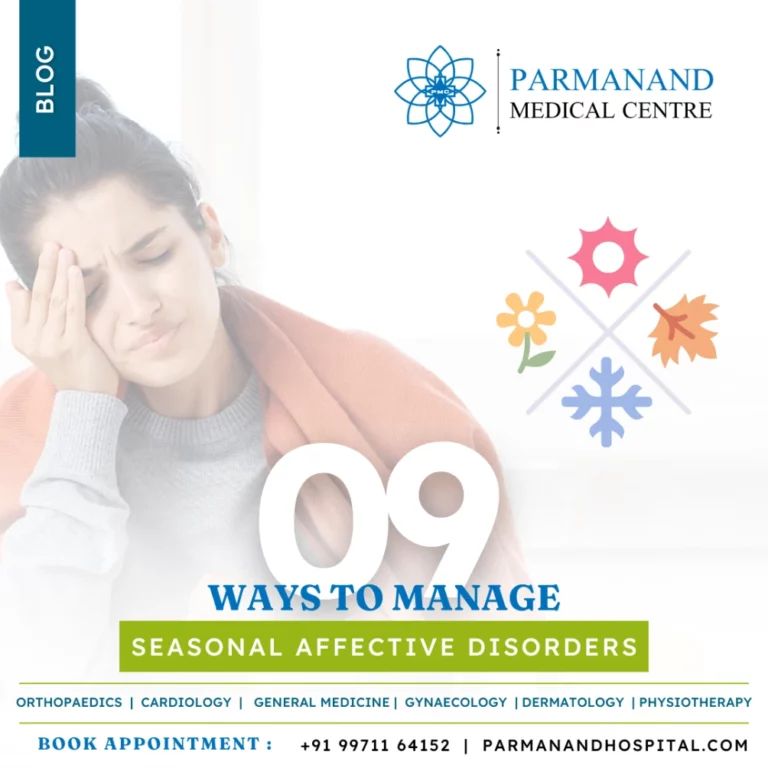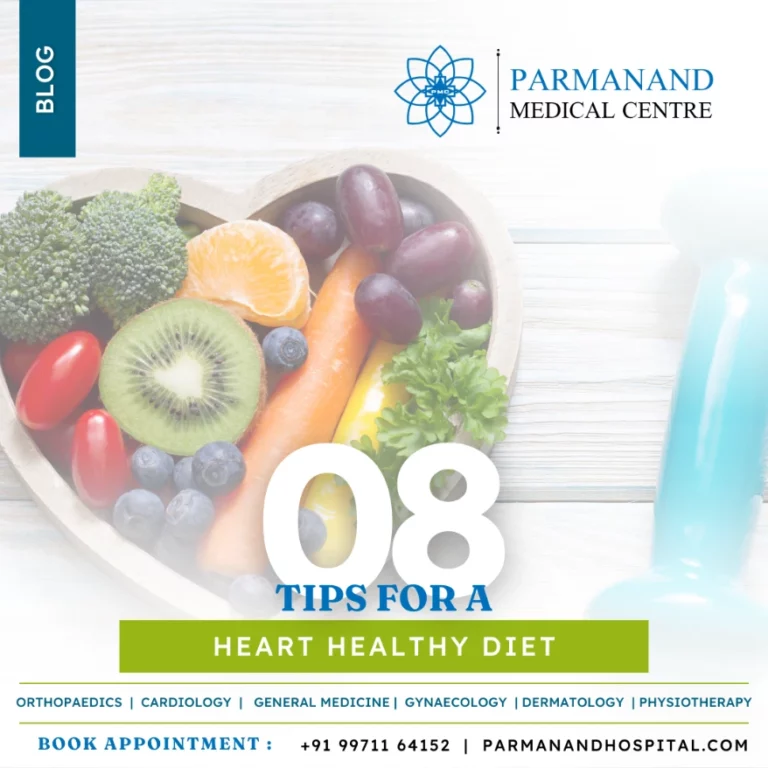Introduction :Cardiovascular Disease Risks Factors & Prevention
Cardiovascular diseases (CVD) are a global health concern and the leading cause of death. This article delves into the specific context of cardiovascular disease risks factors in India. As CVDs become increasingly prevalent in the country, it’s crucial to understand the unique cardiovascular disease risks factors contributing to this surge and explore effective preventive strategies.

The Indian Cardiovascular Landscape
India bears a substantial burden of CVDs. The World Health Organization reports that the age-standardized CVD death rate in India is significantly higher (272 per 100,000) than the global average (235). Moreover, these diseases strike Indians at a younger age than Western populations. The cardiovascular disease risks factors in India are marked by early onset, rapid progression, and high mortality rates.
Unraveling Conventional and Unexplained Cardiovascular Disease Risks Factors
Conventional cardiovascular disease risks factors like hypertension, diabetes, dyslipidemia, smoking, and obesity are well-established contributors to CVD. However, they do not entirely account for the increased prevalence of CVD in India. There is a need to look beyond the traditional cardiovascular disease risks factors to uncover the hidden causes.
1- Smoking – A Stubborn Cardiovascular Disease Risks Factor: While tobacco consumption in India showed a decline, smoking remains a significant contributor to CVD. Smoking rates, particularly among men, have declined but are still higher than the global prevalence.

2- Diabetes – A Looming Cardiovascular Disease Risks Factor: Diabetes is reaching epidemic proportions in India. With over 73 million cases in 2017, India has the highest number of diabetes cases globally. The prevalence of diabetes in India is staggering, affecting 8.8% of the population between 20 and 70 years of age.
3- Hypertension – The Silent Killer: One in four Indians over the age of 18 suffers from hypertension, contributing to 10.8% of all deaths in the country. The prevalence of hypertension is increasing sharply, making it a major public health concern.
4- Obesity – On the Rise as a Cardiovascular Disease Risks Factor: Obesity is alarmingly increasing in urban areas. Approximately 30-65% of the urban adult population in India is overweight or obese. Notably, abdominal obesity is of particular concern.

5- Dyslipidemia – Unique Cardiovascular Disease Risks Factor Patterns: Indian adults exhibit distinct patterns of dyslipidemia, including low HDL, high triglycerides, and small, dense LDL particles. A significant proportion of the Indian population has abnormalities in one or more lipid parameters.
6- Dietary Habits and Physical Activity – Lifestyle Cardiovascular Disease Risks Factors: Indian dietary patterns often feature high-carb diets, high-fat dairy, and limited fruit and vegetable consumption. Sedentary lifestyles and insufficient physical activity contribute to the risks of CVD.
7- Genetic Factors – A Less Understood Cardiovascular Disease Risks Factor: Genetic predisposition to CVD plays a role in the Indian context. However, the interaction between genetic factors and environmental risks like smoking is complex.

8- Emerging Cardiovascular Disease Risks Factors: Other emerging cardiovascular disease risks factors include high homocysteine levels, air pollution, psychosocial factors, and inflammation, as indicated by elevated high-sensitivity C-reactive protein (hsCRP) levels.
9- Treatment Gaps – Addressing Cardiovascular Disease Risks Factors: Treatment gaps are prevalent in India, with a significant proportion of CAD patients not receiving guideline-recommended therapy, leading to higher morbidity and mortality.
Strategies for Prevention – Mitigating Cardiovascular Disease Risks Factors:
- Health Education and Awareness – A Key Component of Cardiovascular Disease Risks Factor Management:
- Public awareness campaigns about the pathogenesis of CVD and its risk factors are fundamental. These campaigns should reach every corner of the country, from urban centers to remote rural areas.
- Raising awareness about the importance of early screening and regular health check-ups can help in early detection and intervention.
- Community health workers can play a pivotal role in disseminating information and educating the public about healthy lifestyle choices.
- Smoking Cessation – Addressing a Significant Cardiovascular Disease Risks Factor:
- While tobacco consumption in India showed a decline, smoking remains a significant contributor to CVD. Encouraging and assisting individuals to quit smoking is paramount.
- Government policies, such as increased taxes on tobacco products, graphic health warnings on cigarette packs, and restrictions on smoking in public places, can be effective measures.
- Dietary Modifications – Impacting Lifestyle-Related Cardiovascular Disease Risks Factors:
- Shifting dietary patterns towards healthier choices is crucial. Public health initiatives should promote reduced consumption of high-fat dairy, saturated fats, and carbohydrates.
- Encouraging the consumption of fresh fruits and vegetables can lead to a healthier diet.
- Initiatives to limit the use of cooking oils that are high in saturated fats, like coconut oil, can be explored.
- Regular Physical Activity – Countering Sedentary Cardiovascular Disease Risks Factors:
- Promoting regular physical activity should be a cornerstone of CVD prevention. Encouraging exercise as a part of daily life can make a significant difference.
- Group activities such as walking, yoga, and meditation should be integrated into community life.
- School programs can incorporate physical education and extracurricular activities to instill active habits from a young age.
- Regular Health Check-ups – Identifying Cardiovascular Disease Risks Factors Early:
- The importance of regular health check-ups cannot be overstated. Routine screenings can help in the early identification of risk factors like hypertension, diabetes, and dyslipidemia.
- Screening and diagnosis of these risk factors should begin at an early age and continue throughout an individual’s life.
- Access to Healthcare – Ensuring Cardiovascular Disease Risks Factor Management:
- Ensuring access to quality healthcare, particularly in rural areas, is vital. This includes making healthcare facilities and medications affordable and available.
- Government initiatives and public-private partnerships can help bridge the healthcare accessibility gap.
- Research and Data Collection – Understanding Cardiovascular Disease Risks Factors Better:
- Continued research is essential to better understand the unique risk factors contributing to CVD and the cardiovascular disease risk factors in the Indian population.
- Systematic data collection methods for cardiac mortality and morbidity should be established, allowing for more accurate assessments of the disease burden and the effectiveness of interventions.
- Psychosocial Well-being – Addressing Emerging Cardiovascular Disease Risks Factors:
- Psychological stress is an emerging risk factor for CVD. Strategies to manage stress and improve psychosocial well-being should be promoted.
- Integrating mental health support into primary care can assist individuals in dealing with stress-related issues.
Conclusion
India is grappling with an alarming rise in cardiovascular diseases. Understanding the unique risk factors and addressing them through lifestyle changes and early screening can help combat this epidemic. A focus on health education, smoking cessation, balanced diets, and regular physical activity from childhood is essential in curbing the rising burden of cardiovascular disease in India.
Superspecialist Cardiologist in Yamuna Vihar, Delhi
Led by Dr. Sarvesh Prajapati (MBBS, MD Medicine, DM Cardiology (Mumbai), Consultant & HOD in Department of Cardiology at Medeor Hospital, Qutab, New Delhi, Ex Cardiologist Sir H.N.Reliance Hospital, Mumbai Interventional Cardiologist, Ex-Consultant Cardiologist, Max Hospital Shalimar Bagh, Delhi), our cardiology department is your one-stop destination if you are experiencing any of the symptoms listed below. Schedule your appointment at Parmanand Medical Centre, Yamuna Vihar now.
- Abnormal Heartbeat
- Gastric Problems
- Feeling Heavy
- Sore Throat / Neck Pain
- Dizziness or Fainting
- Swollen Feet
- Heart Palpitation
- Chest Pain
- Difficulty Breathing
- Unusual Tiredness
Facilities Available :
Non Invasive –
- ECG
- 2D ECHO
- TMT
- Stress Echocardiography
- Holter monitoring
Invasive –
- Coronary angiography
- Coronary angioplasty
- Coronary Imaging (IVUS/OCT)
- FFR/IFR
- Rotavlation/IVL
- Pacemaker implantation
- ICD implantation
- CRT implantation
- Valvotomy(BMV, BAV and BPV)
- Device closure of Cardiac defects (ASD,VSD and PDA)
If you have any inquiries regarding our physicians or services, please don’t hesitate to reach out to Parmanand Medical Centre. You can contact us by calling (+91) 997-116-4152 or by sending an email to contact@parmanandmedicalcentre.com. Additionally, you can click here to access our location on the map or request an appointment. We extend our best wishes to you and your family for a healthy and joyful time.
Parmanand Medical Centre, under the guidance of Dr. Shekhar Shrivastav – HOD Orthopedics of Sant Parmanand Hospital (Civil Lines, Delhi) is specialized in Orthopedics and also offers its service in the departments of Cardiology, Gynecology, General Medicine, Dermatology, Physiotherapy & Diagnostic Tests.
Connect with us on social media platforms for valuable health tips and general medical knowledge. Follow us on Instagram @parmanandhospital, like our page on Facebook @parmanandhospital, and join us on LinkedIn @parmanandhospital. Stay informed and inspired for a healthier life.



